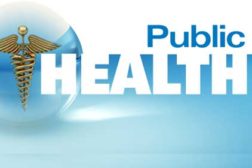Home » Keywords: » antibiotic resistance
Items Tagged with 'antibiotic resistance'
ARTICLES
CDC: Increase in drug-resistant infections likely
They currently cause 23K deaths a year
August 5, 2015
Public health
U.S. hospitals doing better at controlling infections
CDC reports on promising trend
January 15, 2015
Become a Leader in Safety Culture
Build your knowledge with ISHN, covering key safety, health and industrial hygiene news, products, and trends.
JOIN TODAYCopyright ©2025. All Rights Reserved BNP Media.
Design, CMS, Hosting & Web Development :: ePublishing




